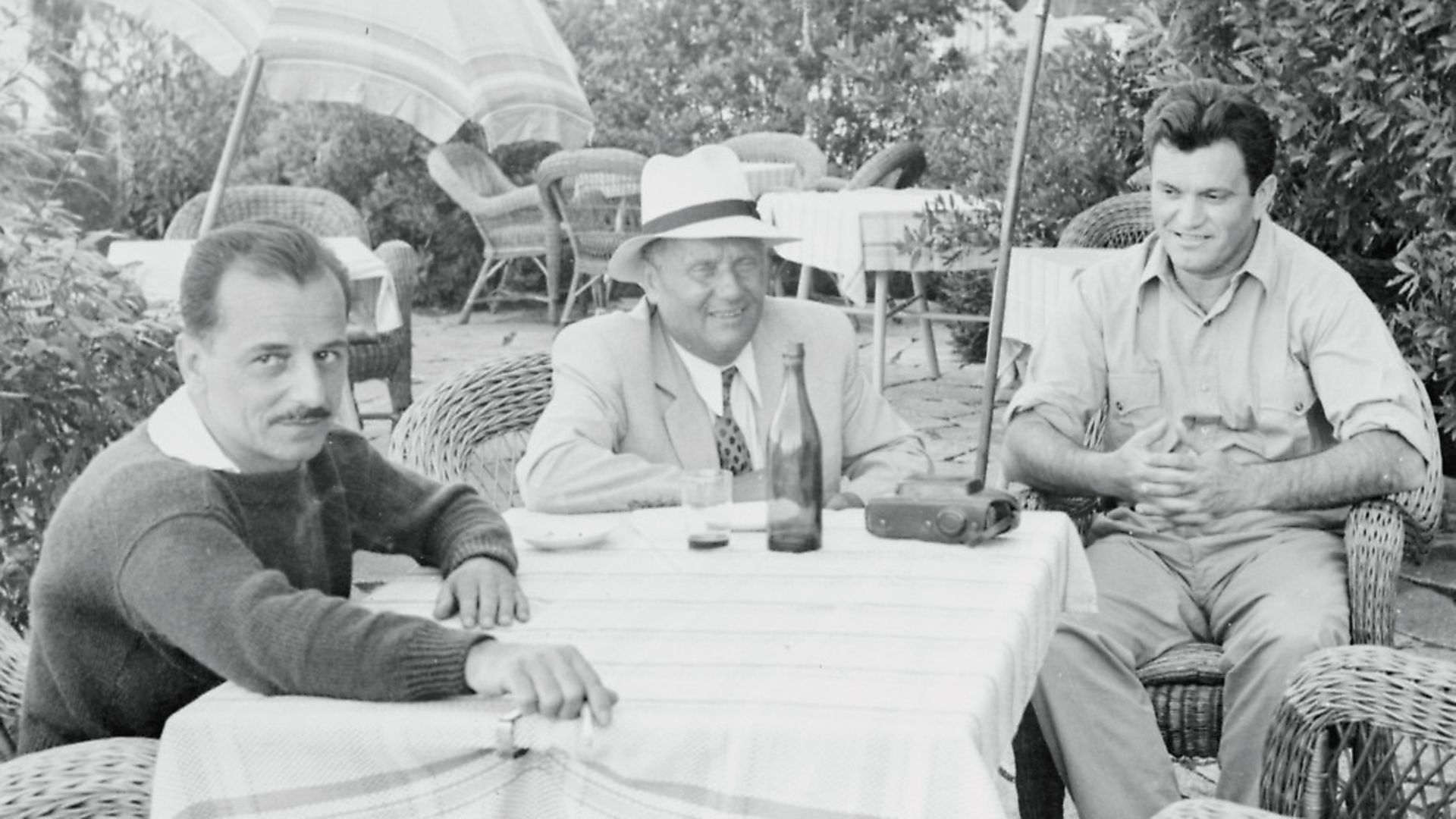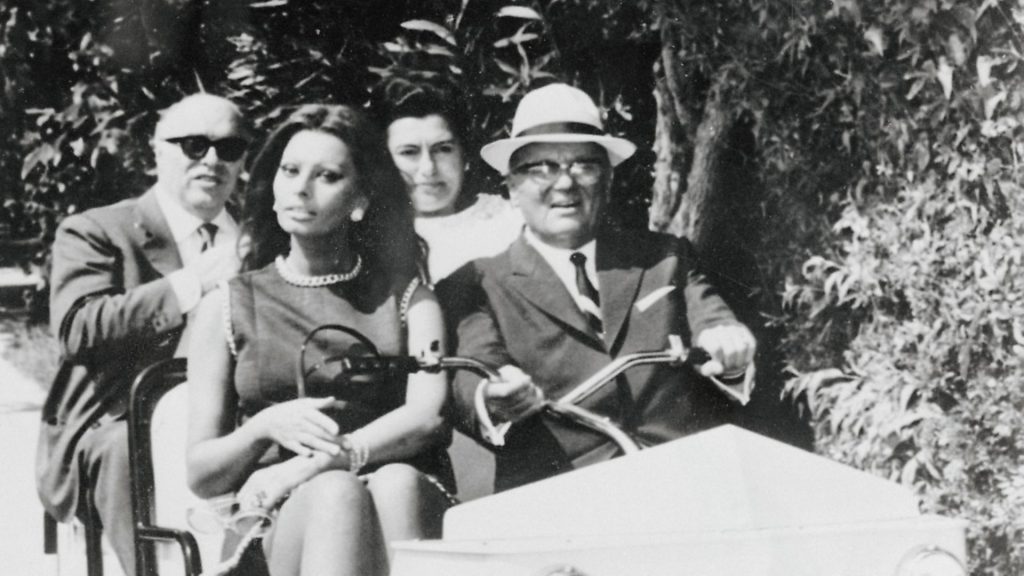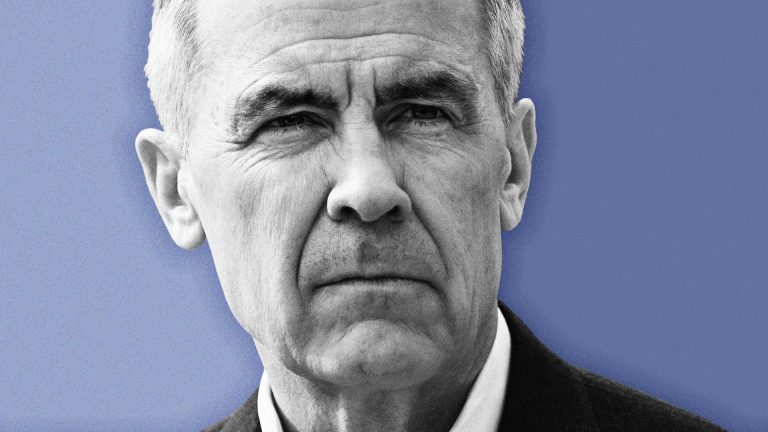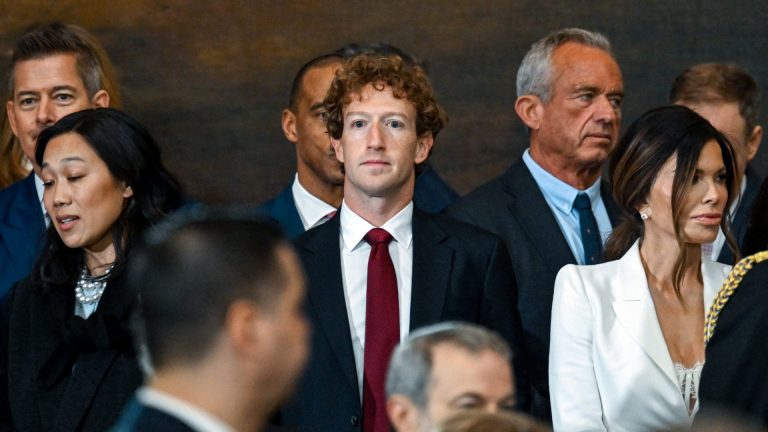
ALLIS MOSS tells the fascinating story of the offshore hideaway where the Yugoslav leader entertained celebrities and statesmen alike.

On a moonless, squally night in the autumn of 1956, a motor boat zipped across the rough but narrow Fažana Strait, taking its passenger – one of the two most powerful men in the world – to a secret rendezvous off the Croatian coast.
On board was Soviet first secretary Nikita Khrushchev. Awaiting his arrival on Brioni, an island two miles west of the Istrian peninsula, was Josip Broz Tito, president of the Socialist Federal Republic of Yugoslavia.
The meeting was at the most remote of Tito’s many official residences but, even so, the boat took the precaution of going the long way round, approaching the island from the open sea.
The rendezvous between the two men came at a moment of great tension for the countries of the Eastern Bloc – and the world beyond. Within 24 hours of the meeting, Soviet tanks would move out of their bases to crush the Hungarian uprising that had erupted around a week earlier.
Khrushchev’s predecessor Stalin may have once remarked ‘I will shake my little finger and there will be no more Tito’, but such was the Yugoslav leader’s international stature that Khrushchev had journeyed to Brioni to seek his approval – given grudgingly – for crushing the revolt.
That night of November 2 was not the first time Brioni – largely known then by its Italian rather than Croatian name of Veliki Brijun or Big Brijun – had hosted the Soviet leadership. Khrushchev’s visit to Brioni that summer had been reciprocated and seen Tito invited to the Soviet holiday resort of Sochi on the Black Sea.
Having an offshore retreat suited Tito. Dissident Yugoslav politician Milovan Djilas, who wrote part of his biography of Tito behind bars, observed the ‘Old Man’ was wary of his official residences being bugged. On the island – part of an archipelago known as the Brijuni Islands – guests were put up in Villa Jadranka and Villa Brijunka.
Who came to stay can be read as a metaphor for the balancing act of Tito’s foreign policy.
While Brioni had been the ideal location for Khrushchev to make common cause with Tito on dealing with Hungary, it was also the launch-pad for the global movement that sought neutrality between the Western and Eastern blocs – nominally at least – in the expanding Cold War.
Less than four months before the secret Khruschev meeting, it was here that the Declaration of Brijuni was signed, bringing into existence the Non-Aligned Movement, agreed by India’s first prime minister Jawaharlal Nehru, Egypt’s president Nasser and Tito. The islands acquired a new name – ‘the Islands of Peace’.
From his first visit in June 1947, Tito put the insular charm of Brioni, the largest in the 14-strong archipelago, to use. Statesmen and personalities from Ho Chi Minh to Che Guevara watered here.
In his habitual prosaic style Tito commented: ‘I came here to Brioni to have some rest and to recover a bit. By the way, I must tell you that I found out for myself Brioni, once visited by various princes and others who wanted to have some rest, to be a very good place for rest and for those who work.’
In later years, what one British newspaper dubbed Tito’s paradise offered respite to China’s chairman Hua during his European tour. Of course, the island sanctuary also offered the perfect setting for nurturing Belgrade and Beijing’s unofficial alliance.
But a trip to Brioni could also be revealing of frictions. A photograph captioned ‘happy sightseeing’ in The Economist from March 1978 shows a jowly Tito seated in a tourist buggy beside his younger rival in the Non-Aligned movement, Fidel Castro. The Cuban leader’s face is turned away from the older man in polite but barely-camouflaged ennui at a time when the pair had already clashed publicly.
Not going to Brioni was also revealing of tensions. Djilas, touted as a future leader until he broke with the regime, was one of the few to refuse to go except in an official capacity. The disapproval was apparent in his biography, noting that building on the island was largely done by prisoners. Djilas’ absence was noticed. ‘I was reproached,’ he recalled and warned: ‘You are sticking out from the collective.’
The tropical islands had not always been exclusive. They had been largely known for their quarries, and were infested with malaria-bearing mosquitoes, until the Viennese shipping magnate Paul Kupelwieser bought them in 1894.
He sanitised and gentrified Brioni, transforming it from a utilitarian backwater into a hedonistic playground. It acquired a harbour to berth yachts, a casino and hotels for entertainment and repose. Brioni was now a destination on the Austrian Riviera for socialites escaping the imperial capital, Vienna, reached by regular crossings from Adriatic ports. The ill-fated Habsburg heir Franz Ferdinand, German kaiser Wilhelm II and Irish novelist James Joyce visited.
Under Tito, the royal visitors included the Ethiopian emperor Haile Selassie, Reza Pahlavi, crown prince of Iran, six kings of Norway and three European queens, among them Elizabeth II.
There was also the new royalty. The inevitable parade of fashion models, opera singers and Hollywood icons included Josephine Baker, the risqué dancer-turned-civil rights campaigner, and actress Sophia Loren with husband Carlo Ponti.
In August 1971 the Times pictured an aging marshal Tito and fourth wife Jovanka cruising off the islands with Elizabeth Taylor and Richard Burton, Taylor’s short dark hair rumpled in the breeze and Burton relaxed in an open-necked shirt.
As it happened, it was not just a jolly for the wedded stars. Burton was about to play none other than Josip Broz himself in the film The Battle of Sutjeska, a story of Yugoslav partisan resistance to the Axis occupation in the Second World War.
As well as beautiful people Tito also had a passion for animals. He adored the horse that had been his companion during the war years and had a bronze statue cast of it. On Brioni, gifts of exotic animals included lion cubs, leopards, giraffes, camels, antelopes and elephants which formed a private zoo near his home, Bijela Vila, or White Villa. His dogs were never far away. Tito also liked to hunt and game was reared for him.
In August 1979 – the year before he died – Tito left Brioni’s wharf for the last time, heading for the sixth summit of the Non-Aligned Movement he had helped to establish. In the years that followed, the Socialist Federal Republic of Yugoslavia – made up of the six republics of Bosnia and Herzegovina, Croatia, Macedonia, Montenegro, Serbia and Slovenia that Tito’s leadership had held together – began to splinter and crack.
The island’s political caché flared into the limelight again with the Brioni Agreement of July 1991. Signed by the leaderships of Yugoslavia, Croatia and Slovenia the success of the European Commission’s peace plan was limited, though it did end the Ten Day War between Yugoslav and Slovene forces and provided agreement for a neutral observer mission.
Now, the islands of Brijuni are part of independent Croatia, 60 miles south-west of Rijeka, a European Capital of Culture this year. The Austro-Hungarian mansions in Pula, on the other side of the Fažana Strait sprout satellite dishes. At Fažana, a ferry will take you across to Big Brijun, now part of the Brijuni National Park, where the first thing to greet you is Kupelwieser’s colonnaded boathouse. A permanent photo exhibition of the marshal is in the building behind the Karmen Hotel.
Djilas insisted that Tito – the peasant grandson of an emancipated serf – was obsessed with luxury, only outstripped in extravagance by the emperor of Japan. Yet it seems island life offered the Yugoslav president a simplicity and calm he sometimes craved.
In her biography of Tito published after lengthy interviews with him, the British historian Phyllis Auty captured a snapshot of a true recluse. She described how, in attempt to gain privacy, Tito withdrew at times from his villa on Brioni with its pictures of the partisan war, trophies and gifts from all over the world to the tiny islet of Vanga. Less than 1,000 metres long, Tito had first rowed over to it in 1952.
There, Auty records, Tito, a keen amateur photographer, had his own darkroom. A locksmith by trade as a youth, Tito also had a studio for metal working and a small garden which, in Auty’s winsome prose, ‘drops down through the cypress and palm trees to the blue-green sea’.
A tangerine grove from which Tito picked gifts of fruit to send round the country, an orchard, and a vineyard that provided for his home cellar on the island, completed the idyllic hideaway. Vanga was less than a mile west of Brioni but a world away from its razzle-dazzle and high matters of state – both public and clandestine – and the decisions of life and death made there
Allis Moss is a freelance journalist and White Rose scholar for Leeds University; contact her at hello@allismoss.com








